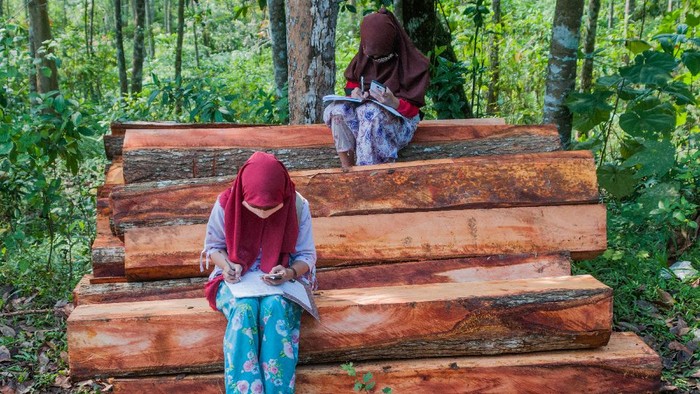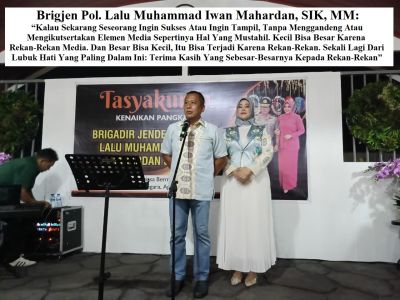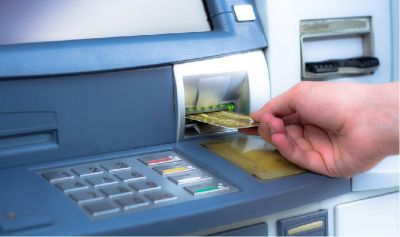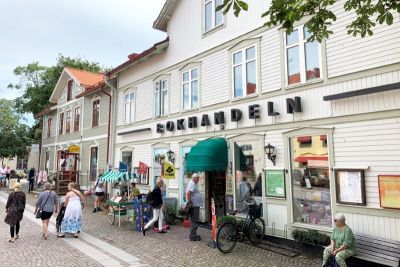Education in Pandemic Era
Pandemic and Equitable Education Opportunities

Consistent to Study in Online Way
INTERNATIONAL | JAKARTA - Falling down in the Covid-19 problem is actually a great opportunity to increase the distribution of our education. Since March 2020 to minimize the spread of Covid-19, online learning activities have been implemented and have caused a lot of polemics. In the field, various problems were encountered, such as the high cost of internet quota, teaching and learning activities held separately through various applications, to the lack of ability of parents to work together in mentoring learning. All of that seems to be a shock therapy for our education stakeholders .
However, the obstacles to learning activities encountered in the field are often used as business opportunities by those who are good at reading opportunities. I hope there is another opportunity behind this outbreak. At present, educators seem to be forced to adopt distance learning methods that have rarely been practiced. My experience when visiting several schools in big cities, the process of adapting something new does not take long because the educators are also used to learning new things independently.
However, this process cannot occur in all schools because in reality the capacities of schools vary and the level of maturityin adopting technology also varies. So, in this pandemic condition, the phenomenon we see is not only about technology, but also about inequality. Look, there are children who can get easy access; without any school can be replaced by technology or learning resources that exist in schools. But elsewhere there are also children who simply cannot get that access.
Urgency is the mother of all opportunities. That is the expression of the writer Mark Twain (1835-1910). Covid-19 inevitably urges educators to improve their competence. The situation that has resulted in this opportunity is actually more appropriate if we use it as a moment of equity in our education because perhaps one of the mothers of our education problems is inequality.
The inequality of education for poor and rich children is one of the highlights in the results of the Program for International Student Assessment (PISA) study. The PISA report shows that 64 percent of students from poor families attend schools that are not good enough – a shortage of teachers and teaching materials.
In the past, the government hoped that the implementation of the National Examination would be a tool for equitable distribution of our education with the argument that the learning evaluation process was standardized from Sabang to Merauke. It also turned out to be uneven. In the last few months we have been shocked by the zoning system that was created to solve the problem of equality in our education, but there are still many parents who protest because their children want to study in reputable schools.
It turns out that many times it is not ready so it must take a long time to "event out". The two solutions that have been carried out may somewhat override aspects of the learning process in educational units. Both of them give rise to the assumption that the components of educators and learning tools are well standardized even though they are still far from standards even though the government has made national education standards.
The teaching materials may be the same, but how educators transfer them is not necessarily perfect. Why doesn't the government optimize the manufacture of standardized teaching materials complete with the delivery process so that the content of the material is conveyed and standardized? As already available on the Kemdikbud Learning Center website. Teaching materials in the form of multimedia need to be maximized in the content of the material and the most important thing is the socialization.
The government has lost to the private sector, which is very intent on promoting on print media, social media, and television channels. Ruang Guru, for example, is a favorite for the upper middle class. Again the gap. The government should take advantage of this online moment to socialize policies and revive the Ministry of Education and Culture's Home Learning program more optimally. So that the components of educators and teaching materials are standardized, hopefully the learning outcomes will be felt more objectively.
Of course other waivers are applied such as free internet packages specifically for access to the program. It's much more effective and efficient, perhaps, than just disseminating general policies on online learning, but the content seems to be freed up, so that again there are gaps.
So, by taking advantage of this urgent situation, we should be able to collaborate between equal opportunities for education and the spread of the digital education business. Moreover, Vice President Maruf Amin wants breakthroughs in the world of digital-based education to continue to be developed. Even the government will provide funds of around Rp. 22 trillion more so that later it will reach remote areas.
And it can be used for government services, bureaucracy, social services, and others, especially also for education. Thus the opportunity for equal distribution of education is actually wide open. The question remains what should be done so that the problem of equity can be overcome more optimally and of course how we do it so as not to cause new inequality problems.
Editor :Andi Saputra
Source : Detik News




























